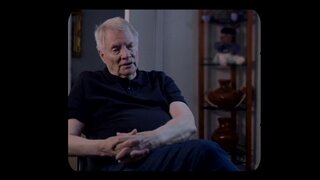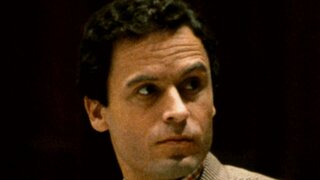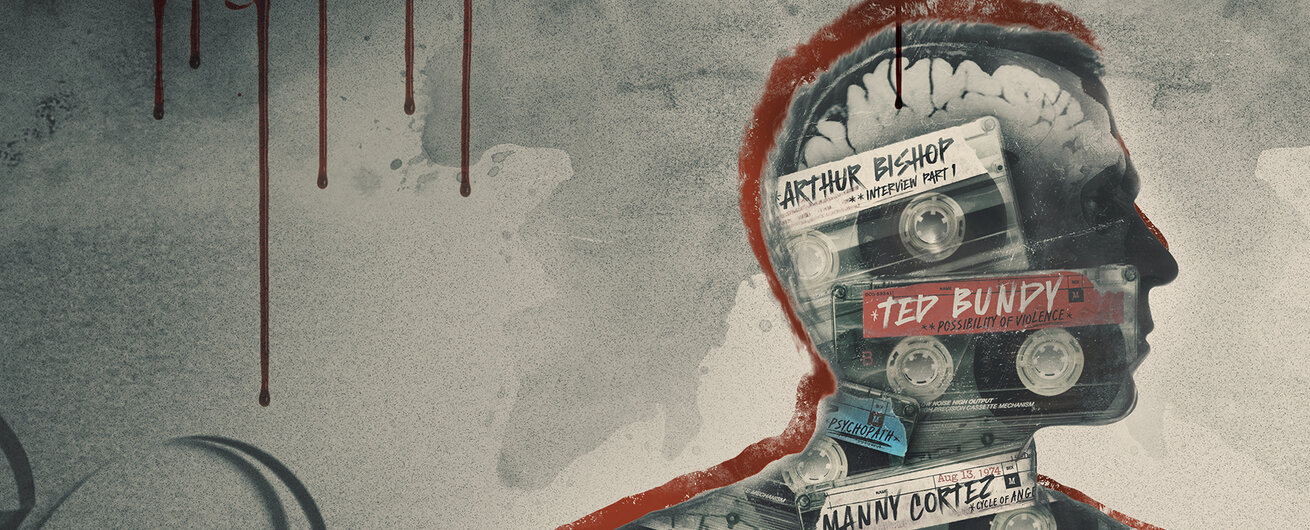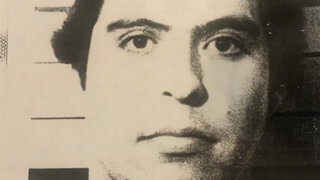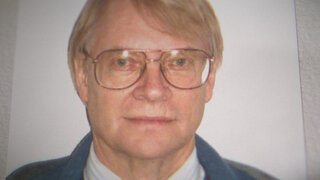Create a free profile to get unlimited access to exclusive videos, breaking news, sweepstakes, and more!
Understanding The History of Criminal Profiling
Dr. Al Carlisle learned about killers through speaking with prisoners, while other psychologists used different methods, but all contributed to our understanding of these violent criminals.
As the summer of 1988 transitioned to autumn, two London physicians dedicated themselves to uncovering the identity of infamous serial killer Jack the Ripper.
These physicians were some of the first to delve deeper into the minds of serial killers. Their work, among the research of later psychologists, helped create the guidelines for the practice modernly known as “profiling.”
In the field of criminology they're recognized alongside Dr. Al Carlise, whose conversations with killers like Ted Bundy are the subject of the new Oxygen series "Violent Minds: Killers on Tape," premiering Sunday, April 2 at 7/6c.
To learn about the history of profiling and those who came before Dr. Al Carlisle, keep reading below!
George Phillips And Thomas Bond
Using a combination of autopsy results and crime scene evidence, George Phillips and Thomas Bond predicted elements of Jack the Ripper’s personality, behavioral patterns, and lifestyle choices. The duo developed a profile specific enough to bring investigators one step closer to discovering who Jack the Ripper really was.
Contrary to popular belief, they concluded that Jack the Ripper was not a medical professional, despite the meticulous mutilation of his victims. Instead, they attributed his murders to prolonged solitude, periodic bursts of mania, and uncontrollable sexual desires, according to Psychology Today.
Phillips and Bond hypothesized that Jack the Ripper’s crimes reflected his psychological state, providing insight into who he was and exemplifying the effectiveness of criminal profiling.
Criminal profiling is the implementation of law enforcement techniques and psychological evaluations, which are used to determine the identity of a perpetrator. Also known as criminal investigative analysis, investigative psychology, and crime action profiling, it helps determine the psychological, physical, and behavioral qualities of an offender.
Harvey Schlossberg
“In some ways, [profiling] is really still as much an art as a science,” noted Harvey Schlossberg, former director of psychological services for the New York Police Department, according to reporting by the American Psychological Association.
Schlossberg worked on several high-profile cases between the 1960s and 1970s. He focused on perpetrators that had already been arrested and ran through a list of demographics to identify commonalities between cases.
One of his most notable cases studied the Son of Sam murders, committed by David Berkowitz, across New York City in the mid-1970s. Schlossberg developed this profile based on the several facets of personality that pointed to Berkowitz.
“I listed as many factors as I could come up with,” Schlossberg noted, according to the APA, “and then I added them up to see which were the most common.”
In recent years, this art form expanded to include statistics and research methods, leading Schlossberg, among other criminal profilers, to soaring success.
John Douglas and Robert Ressler
Between 1976 and 1979, criminal profilers John Douglas and Robert Ressler conducted 36 interviews with serial murders. Using these interviews, they conceptualized the organized and disorganized dichotomy, explaining how the execution of a crime provides details about the criminal, according to the National Institute of Justice.
Douglas and Ressler determined that organized criminals typically plan their course of action in advance, leaving minimal evidence behind. They usually exhibit anti-social behavior and understand right from wrong, though they neglect to show remorse for their actions.
They also concluded that disorganized criminals usually commit spontaneous crimes, paying less attention to the fine details. Since they are often young, inexperienced, under the influence of drugs or alcohol, or mentally ill, they tend to leave behind more evidence.
Douglas and Ressler belonged to the FBI’s Behavioral Science Unit, formed in 1974, and their work relied on the notion that behavior reflects personality. The APA noted that they categorized behavior into four main components — antecedent, method and manner, body disposal, and post-offense behavior.
Antecedent refers to whether the perpetrator formulated a plan and why they chose to execute it when they did. Meanwhile, method and manner look for commonalities between victims and the type of violence that was inflicted.
Body disposal refers to where the perpetrator rid of the victim, either in one place or scattered across multiple locations, and post-offense behavior unpacks their involvement in the investigation.
James Brussel
In his criminal profiling, James Brussel often tried to create an emotional portrait, defined as a profile of the inner self, when looking for a killer.
Brussel was a New York City psychologist in the 1950s tasked with uncovering the identity of the “mad bomber” George Metesky. Metesky planted more than 30 bombs throughout the city between 1940 and 1956, targeting all sorts of public spaces, according to reporting by Smithsonian Magazine.
Brussel used a combination of notes and crime scene photos to develop a profile of the bomber, concluding that he exemplified a textbook case of paranoid schizophrenia. Brussel elaborated that the perpetrator was likely unmarried, self-educated, in his 50s, and living in Connecticut.
At this point in time, psychologists typically evaluated their patients based on their response to difficult situations. Instead, Brussel used innate personality traits to anticipate future behavior.
He referred to this approach as reserve psychology, adding another term to the long list that defines criminal profiling.
To learn about the work of Dr. Al Carlisle, whose research involved interviews with Ted Bundy and more, watch the premiere of "Violent Minds: Killers on Tape," premiering Sunday, April 2 at 7/6c on Oxygen.

